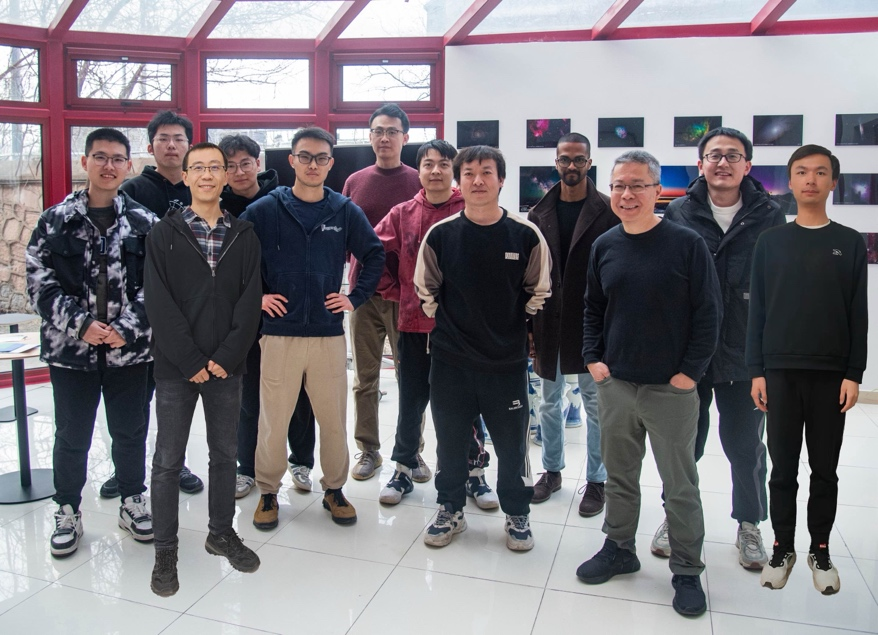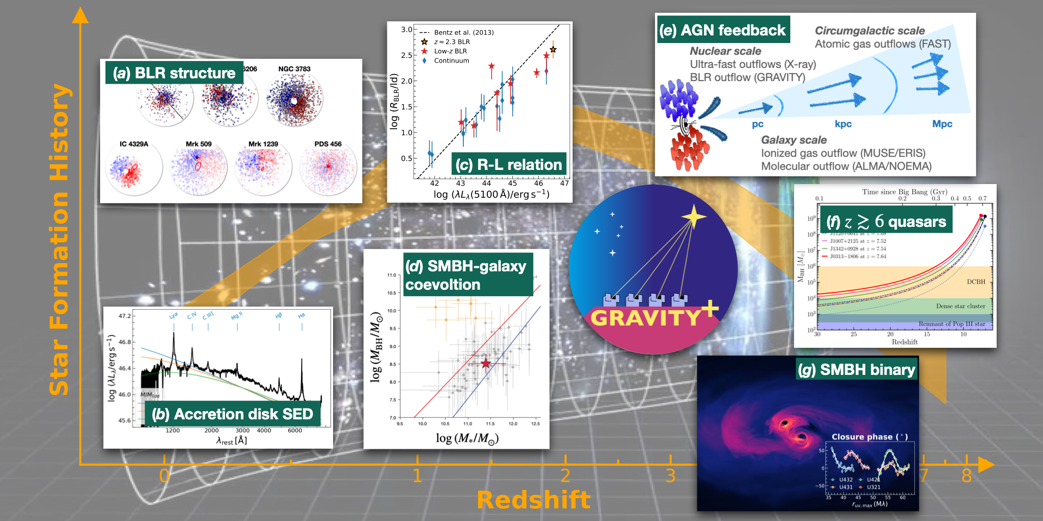Recently, the Max Planck Society (MPG) approved the establishment of a new Max Planck Partner Group led by Dr. Jinyi Shangguan, an Assistant Professor at the Kavli Institute for Astronomy and Astrophysics (KIAA) at Peking University. The group will focus on “Probing Supermassive Black Hole Evolution with Near-infrared Interferometry” and collaborate closely with the infrared research team led by Prof. Reinhard Genzel and Prof. Frank Eisenhauer, Directors of the Max Planck Institute for Extraterrestrial Physics (MPE) in Garching. This marks the third Max Planck Partner Group established at KIAA to date out of a total of four at Peking University.
The Max Planck Society is a leading German research institution dedicated to advancing fundamental research and fostering young talent across disciplines. The Partner Group program, initiated by the MPG, aims to strengthen collaboration between its institutes and global top-tier research institutions while promoting youth development through joint scientific projects. The newly established group will utilize the GRAVITY+ instrument on the Very Large Telescope Interferometer at the European Southern Observatory to conduct near-infrared interferometric observations in order to obtain precise measurement of the masses of supermassive black holes, explore the coevolution between black holes and galaxies, search for binary supermasisove black hole systems, and develope novel observational and data analysis techniques.
The MPG will provide five years of funding to support the group’s research activities, talent development, and international exchanges. In the appointment letter, the MPG highly commended Dr. Shangguan’s scientific achievements and expressed strong confidence in his leadership.
Dr. Shangguan conducted postdoctoral research at MPE from 2018 to 2024, leading multiple observational projects on active galaxies and accumulating extensive expertise in interferometry and data analysis. He joined KIAA in October 2024. The Partner Group will leverage KIAA’s strengths in multi-wavelength astrophysics and high-redshift quasars, combined with MPE’s cutting-edge interferometric resources, to address core challenges in the formation and evolution of supermassive black holes.
Prof. Luis C. Ho, Director of KIAA, stated: “The establishment of this Partner Group marks another milestone in the long-term collaboration between KIAA and the Max Planck Society. We anticipate it will inject new vitality into frontier astrophysical research and cultivate more young talents in astronomy.” Over the next five years, the group plans to deepen Sino-German collaboration through regular academic exchanges, joint student training, and summer schools, promoting the broader application of near-infrared interferometry in astronomy.
Previously, three Max Planck Partner Groups at Peking University were led by Prof. Lijing Shao from the KIAA in collaboration with the Max Planck Institute for Radio Astronomy in Bonn established in 2020, Prof. Kejia Lee from the Kavli Institute in collaboration with the Max Planck Institute for Radio Astronomy in Bonn, established in 2016, and Prof. Hui Tian from the School of Earth and Space Sciences in collaboration with the Max Planck Institute for Solar System Research in Göttingen, established in 2016

Jinyi Shangguan and Luis Ho’s research group. From left to right: Yixiao Lv, Zhongyi Zhang; Jinyi Shangguan; Bingcheng Jin, Changhao Chen, Wen Sun, Ruancun Li, Chao Ma, Boris S. Kalita, Luis C. Ho, Pinsong Zhao, Jiwei Liao. Photo: Yuchen Liu / Ruancun Li

Based on the near-infrared interferometric observation, the partner group will investigate supermassive black holes and their evolution together with their host galaxies over the cosmic time. Credit: Panel f figure from Wang et al. 2021, ApJ, 907L, 1; Panel g figure from NASA/Scott Noble
MPE News: https://www.mpe.mpg.de/8059933/news20250401
PKU News: https://news.pku.edu.cn/xwzh/800e2b77921c4d1fa5cad8b4697a572a.htm